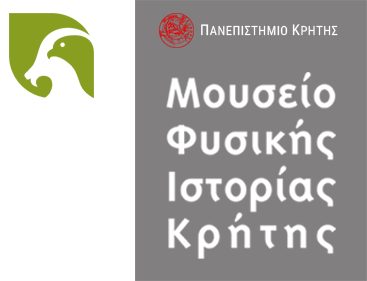Mylonas Moysis
Administration

Dr. Kirk Johnson is the Sant Director of the Smithsonian National Museum of Natural History where he oversees the world’s largest natural history collection. The Museum hosts nearly 5 million visitors each year. In 2018, its scientists published 586 scientific research papers and named 310 new species. In 2019, the museum opened The David H. Koch Hall of Fossils-Deep Time, an exhibition that interprets the history of life on Earth and its relevance to the future of humanity.
Before his arrival at the Smithsonian in 2012, Kirk was a paleontologist at the Denver Museum of Nature & Science where led expeditions in 18 states and 11 countries. His research focuses on fossil plants and the extinction of the dinosaurs. In 2011, he led an ice age excavation near Snowmass Village in Colorado that recovered parts of more than fifty mastodon skeletons. He is known for his scientific articles, popular books, museum exhibitions, documentaries, and collaborations with artists.
Most Recent Papers
Psonis N., Vardinoyannis K., Mylonas M., Poulakakis N. (2015) Unraveling the evolutionary history of the Chilostoma Fitzinger, 1833 (Mollusca, Gastropoda, Pulmonata) lineages in Greece. Mol. Phyl. Evol. 91, 210-225
Psonis N., Vardinoyannis K., Mylonas M., Poulakakis N. (2015) Evaluation of the taxonomy of Helix cincta (Muller, 1774) and Helix nucula (Mousson, 1854); insights using mitochondrial DNA sequence data. Journal of Natural History 49(5-8), 383-392
Papastefanou G., Panayiotou E., Mylonas M., Simaiakis S.M. (2015) Centipede assemblages along an urbanization gradient in the city of Heraklion, Crete (Greece). ZooKeys 510, 163-179
Vardinoyannis K., Tzatzi M., Mylonas M. (2015) Terrestrial snails (Mollusca: Gastropoda) of the Gyaros Island (Cyclades, Greece). Folia Malacologica 23, 41-46
Poulakakis N., Kapli P., Lymberakis P., Trichas A., Vardinoyiannis K., Sfenthourakis S., Mylonas M. (2014) A review of phylogeographic analyses of animal taxa from the Aegean and surrounding regions. Journal of Zoological Systematics and Evolutionary Research 53(1),18-32




 Ελληνικά
Ελληνικά